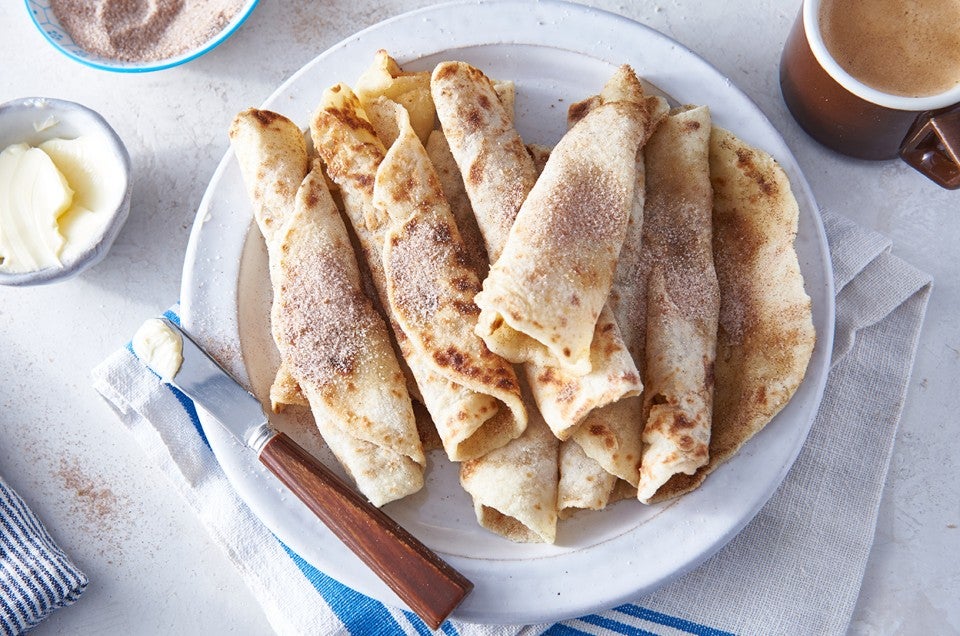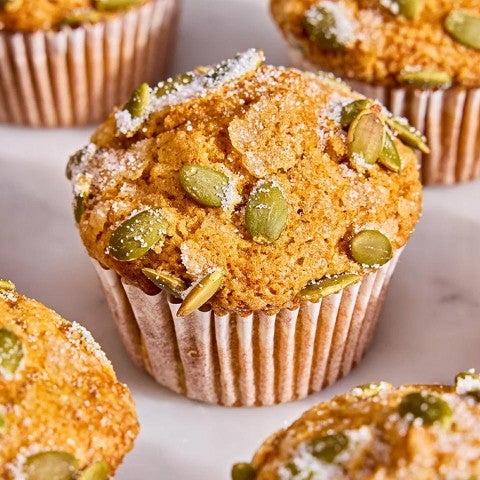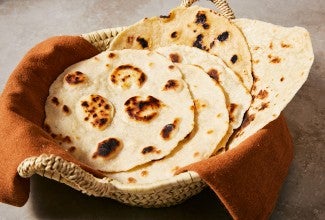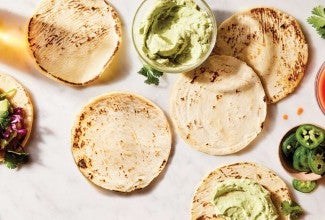Lefse (Norwegian Potato Flatbread)
Beloved by Norwegians everywhere, this traditional flatbread is similar to a crêpe, though slightly thicker. While in Norway lefse was traditionally made from a variety of flours, when brought to America it became strictly potato-based — because potatoes are what most Norwegian immigrants were able to grow quickly and successfully here. No longer a daily bread for most, lefse is a must during the holidays: buttered, rolled up, and served alongside lutefisk (baked salt-dried cod), it's a Christmas tradition. A sprinkle of sugar or cinnamon sugar takes it from meal accompaniment to a light, sweet snack enjoyed any time of the day.



















